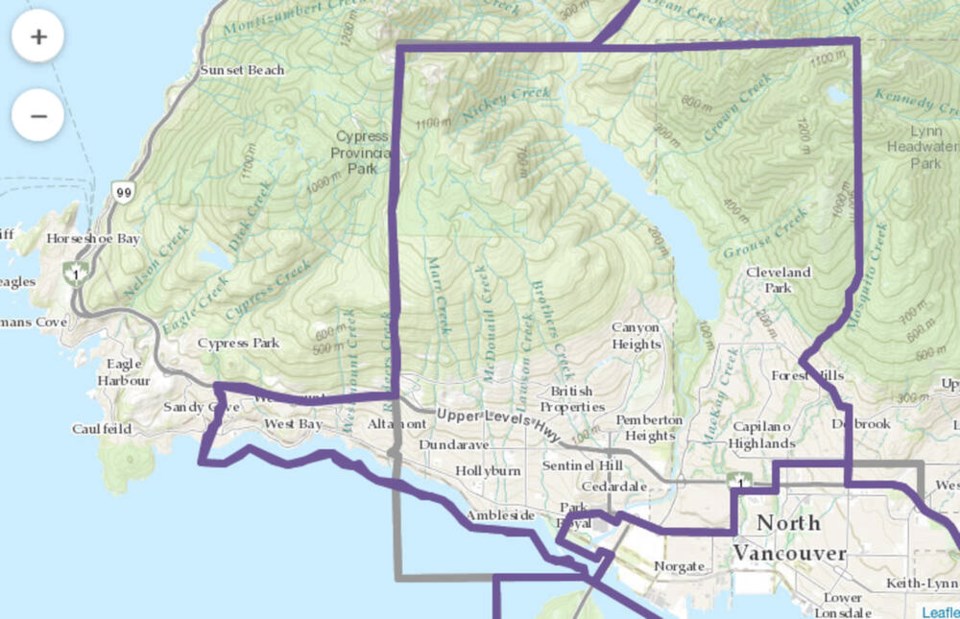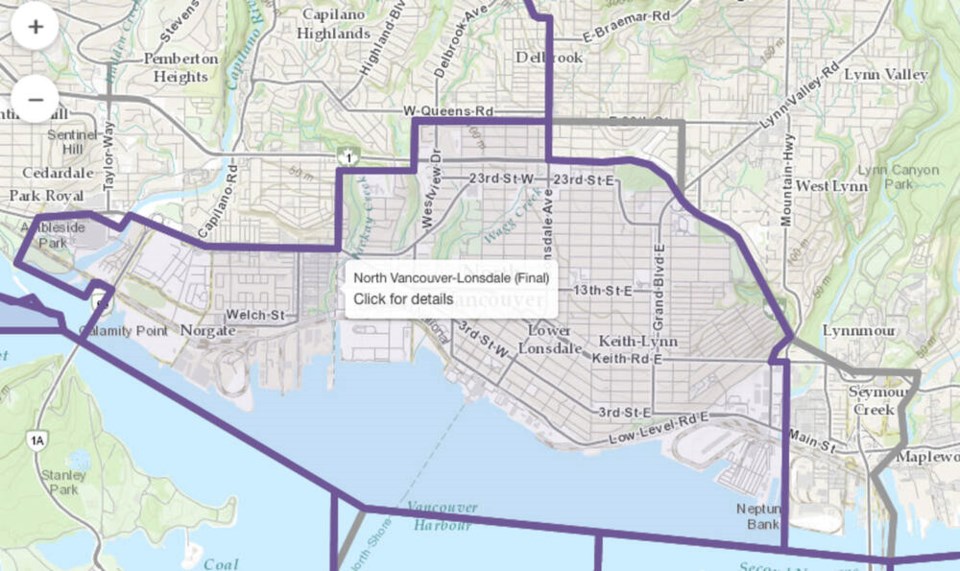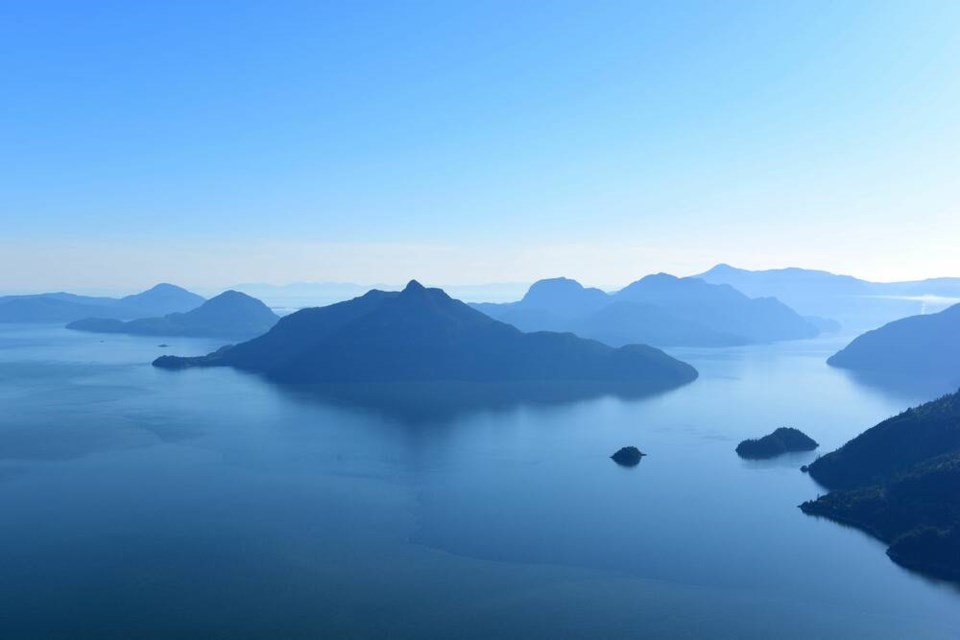Upcoming changes to provincial electoral boundaries on the North Shore could make the West Vancouver-Sea-to-Sky riding - won last time by the narrowest margin in B.C. - even more hotly contested.
Earlier this month, B.C.’s Electoral Boundaries Commission published its final recommendations, which include adding six more electoral districts to keep up with population growth in B.C.
Those changes have now been introduced in the legislature, with the intention of having them in place before the next provincial election.
The changes will see the number of ridings grow from 87 to 93, while the boundaries of 72 electoral districts will be changed.
Riding boundary changes could have political impacts
On the North Shore, the biggest change will be in West Vancouver where all neighbourhoods east of Cypress Creek currently part of the West Vancouver-Sea to Sky riding, including Sandy Cove, West Bay, and Bayridge, to Rodgers Creek and south of Highway 1 will be cut out and added to the West Van-Capilano riding.

The change will cut 3,650 voters from the West Van Sea-to-Sky riding, bringing the total population of the riding down from the current 65,811 to 62,161 – closer to the province’s target population for each riding of 53,773.
Politically, the change could also remove some of the key areas of Liberal (now BC United) support from the riding that was narrowly won by the party during a judicial recount in the last election, after initially being declared for the Greens.
In the 2020 provincial election, the BC Green Party won nearly every poll north of Horseshoe Bay, including every poll in Whistler and Pemberton, and came within a hair of taking the riding from the BC Liberals, who have held the riding by strong margins since 1991.
The BC Liberal Party won the riding by just 60 votes, after a judicial recount confirmed the win by a margin of just 0.24 per cent, the closest race in the province.
Liberal MLA Jordan Sturdy’s narrow victory was largely due to him taking West Vancouver by healthy margins, winning a dozen polls there by more than 60 per cent. Under the redrawn boundaries, some of these areas will now be in the neighbouring West Vancouver-Capilano riding.
“There’s clearly been a trend for that West Van Sea-to-Sky riding that was once overwhelmingly Liberal becoming less so over time,” said pollster and political researcher Greg Lyle of Innovative Research.
While non-Liberal voters in West Van Sea-to-Sky tended to split between the NDP and Green Party supporters in the past, during the last election, Green support surged in the riding, said Lyle. That was particularly true in the Sea-to-Sky communities like Squamish, an area that’s been undergoing rapid growth. “When you think about the demographics of who is moving there, who finds the idea of living in Squamish appealing … those people tend to be people that find the Green message appealing,” he said. “That West Van Sea-to-Sky riding is going to be a really interesting seat to watch in the in the next election."
The BC Green Party has confirmed that Jeremy Valeriote, a former District of Squamish staffer and former Gibsons councillor who ran for the Greens in the last provincial election, will once again be the party’s candidate in the next election. Sturdy, a former three-term mayor of Pemberton who was first elected MLA in 2013, has not said yet if he intends to run again in the next election.
West Van - Capilano to become biggest riding by population
While the North Shore’s westernmost riding could become more hotly contested, the addition of voters to the West Vancouver-Capilano riding will push that riding to become the most populous electoral district in the province, with 62,569 voters - 16.4 per cent higher than target riding population.
That’s only slightly more than the populations of most urban Lower Mainland ridings. (Currently ridings in Surrey and Langley both have populations of over 77,000.)
But it is two and three times the population of some remote and rural ridings in the northern part of the province.

Other changes on the North Shore involve moving the Lower Lynn neighbourhood east of Lynn Creek as well as part of the Tempe Heights neighbourhood from the North Vancouver-Lonsdale riding into the North Vancouver-Seymour riding.
The move will accommodate expected future population growth in the urban area of the City of North Vancouver, according to the commission’s final report.
-with files from Whistler Pique Newsmagazine



